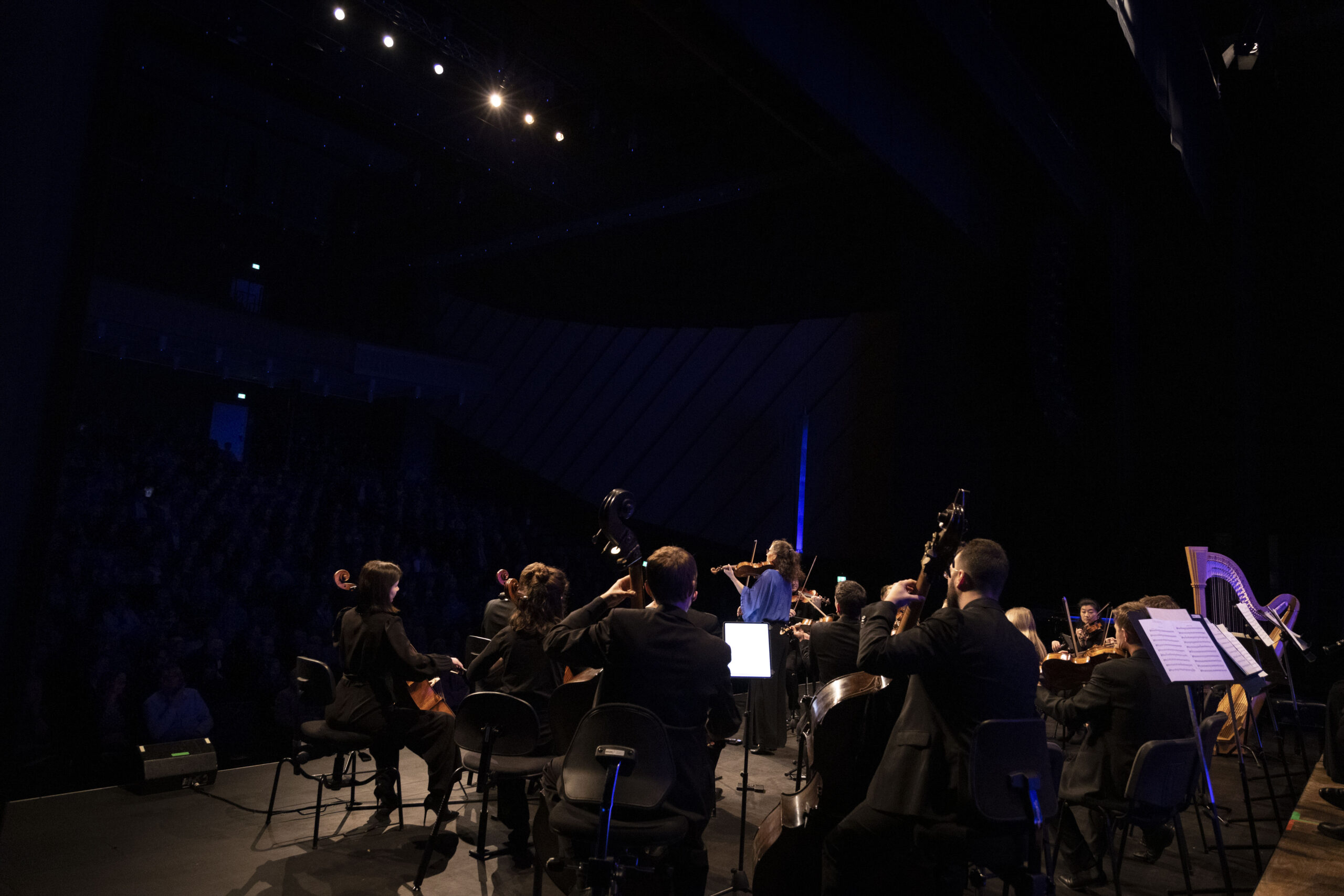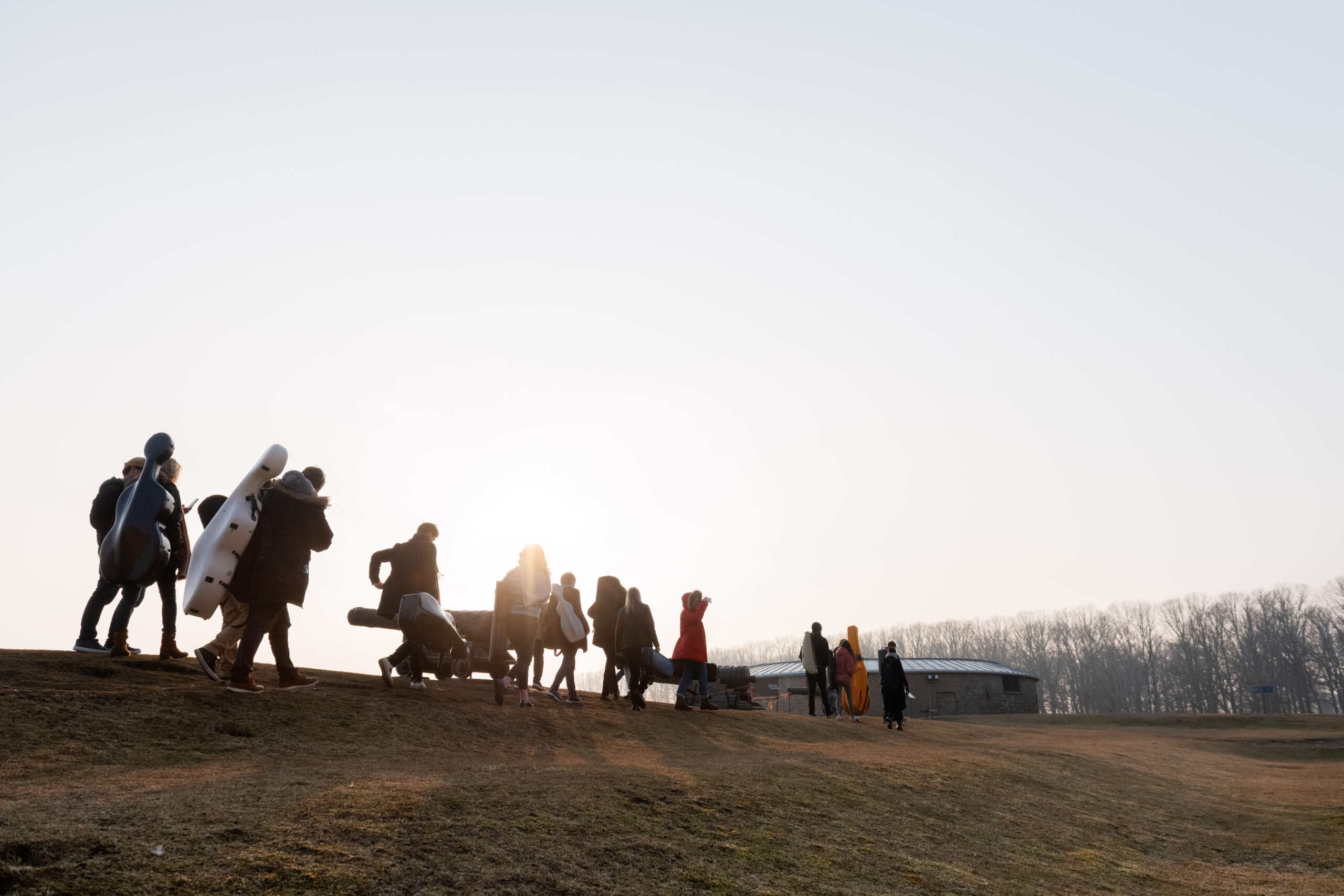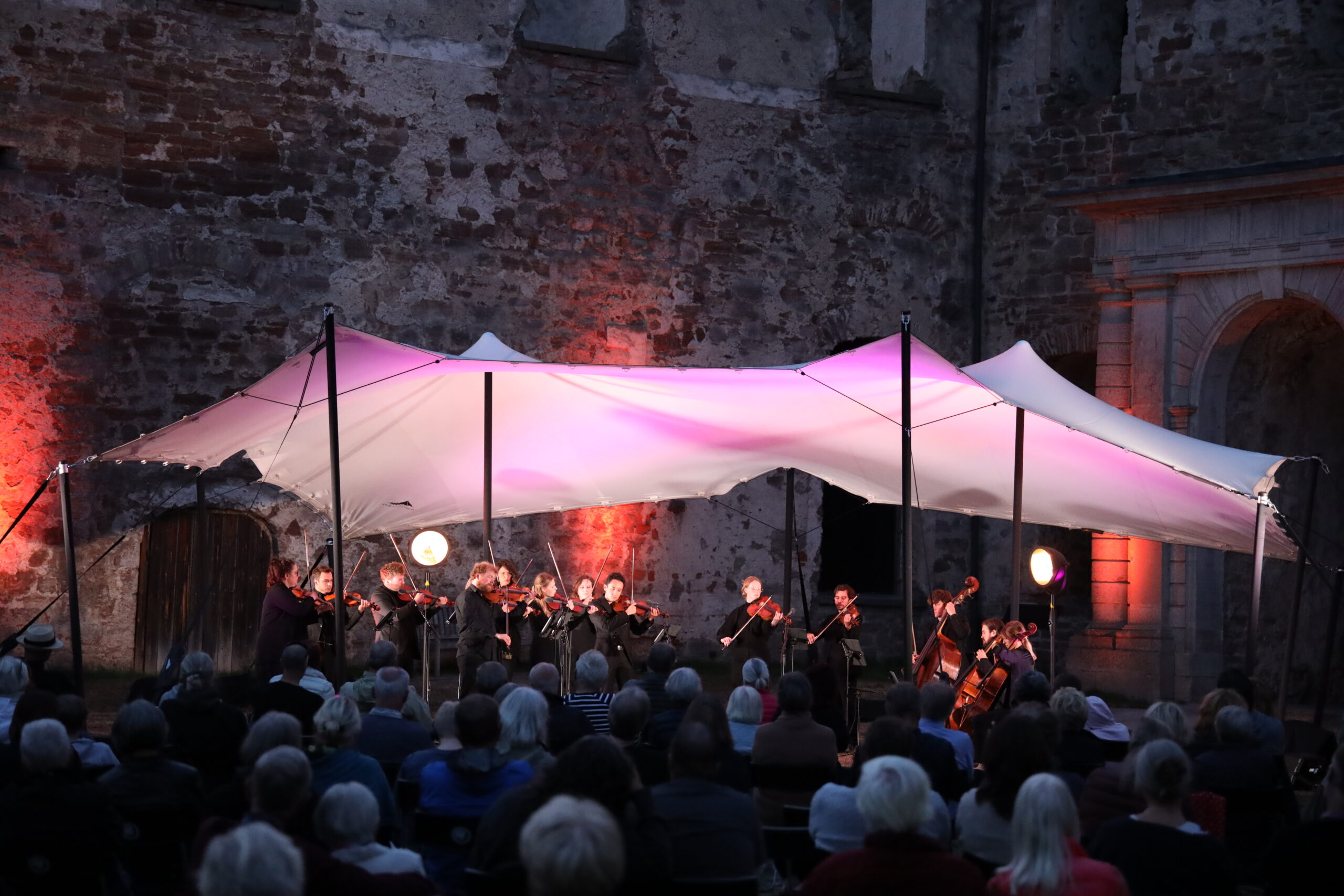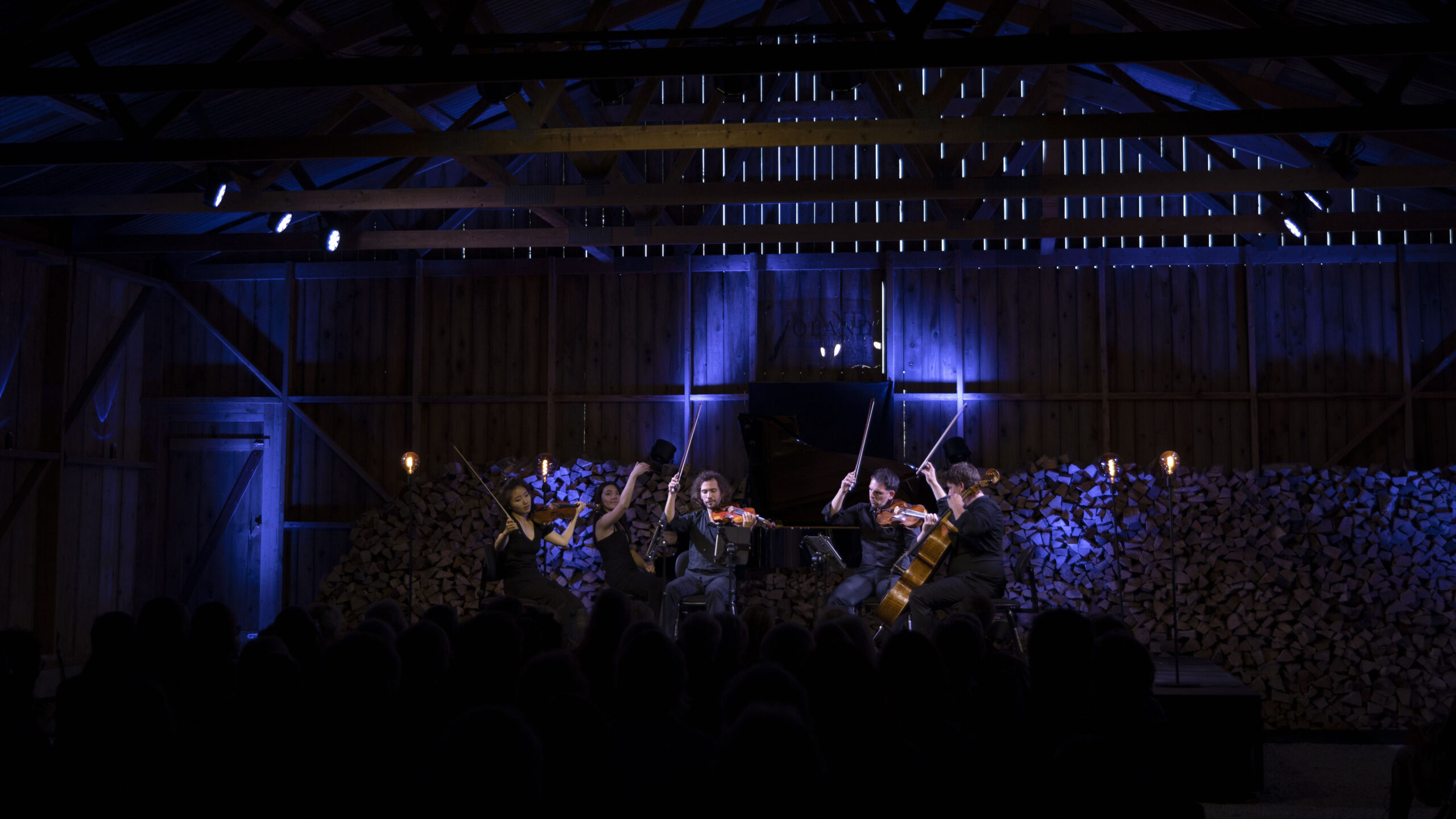The program
The artists
The concert
Camerata Nordica Chamber Ensemble is dedicated to bringing rarely performed works from the chamber repertoire to life, often selecting pieces with uncommon instrumentation. For this project, we are delighted to welcome harpist Erik Gronstein-Hendriks, which often worked with the orchestra, in a program centered around his instrument. The harp's central role in Maurice Ravel's iconic Introduction and Allegro inspired us to expand the program to include works for flute and clarinet as well, each piece bringing historical significance and a unique place in the chamber music repertoire.
The program opens with Flute Quartet No. 1 by Wolfgang Amadeus Mozart, composed in 1778 during his time in Mannheim. Known for its light and elegant melodies, this quartet was one of Mozart's first pieces to spotlight the flute as a solo instrument with strings, enriching the classical chamber repertoire.
André Caplet's Conte fantastique, composed in 1922, takes inspiration from Edgar Allan Poe's The Masque of the Red Death. Scored for harp and strings, this piece stands out for its atmospheric depth and dark, narrative style, capturing the early 20th-century French fascination with the fantastical and symbolic.
Next is Clarinet Quartet No. 2 by Bernhard Crusell, written in the early 19th century. This work reflects the lyrical and playful qualities of Romantic chamber music. Crusell, a Swedish-Finnish clarinetist and composer, contributed significantly to the clarinet repertoire, establishing it as a prominent solo instrument.
Jean Françaix's Quintet for Flute, String Trio, and Harp, composed in 1934, embodies the French neoclassical style of the interwar period. Known for its wit and charm, this quintet celebrates the light, transparent textures that Françaix brought to French music.
The program concludes with Maurice Ravel's Introduction and Allegro, composed in 1905 to showcase the expressive range of the harp. Featuring harp, flute, clarinet, and strings, this piece is celebrated for its lush harmonies and intricate textures, making it a cornerstone of the harp chamber repertoire.









